16 Nights / 17 Days
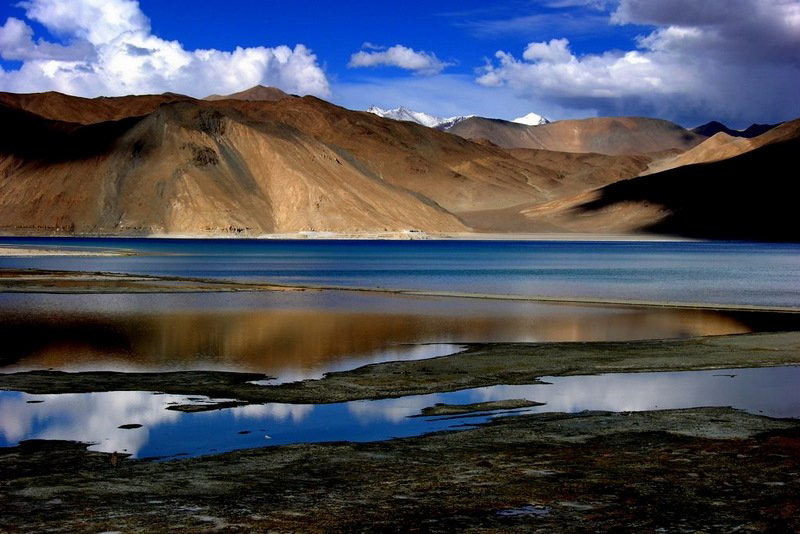
Arrive Delhi mid night. Met upon arrival and drive to your Hotel. Late morning, after leisurely break fast, proceed for a
combined sight seeing of New and Old Delhi. Visit Qutub Minar, the land mark of Delhi, Parliament house,
President Palace, India gate and Humayun tomb. Take a ride of cycle rickshaw in the narrow by lanes of old
Delhi. Visit one of the largest mosques of Asia. Enjoy your welcome dinner In one of the finest restaurant of
Delhi.
Get up to take very early flight to Leh. It is indeed one of the most spectacular flights in the Himalaya when you will fly over the 7000 mts mountains, crossing number of mountain ranges.
On arrival, move to your hotel. Rest of the day is free to relax and very important, to acclimatize.
Today we will take a short drive to Stok village to visit Palace and the Museum. Walk thru the village and the fields of barley without exerting too much.
The palace houses a fine private museum, with a superb collection of Thankha paintings, said to be the best in the world. Some of them have been worked in pure gold and paints made of crushed Semi-precious stones. Also of interest are antique robes and royal Jewellery, specially noted for its turquoise and red coral. The collection also includes artillery and animal skins. Stok Gompa is a subsidiary of Spitok and both were founded by the same lama, Nawang Lotus, during the reign of King Takpa Bumlde. Stok belongs to the yellow-hat sect of Buddhism and currently has about 20 lamas living there. The oldest parts of the gompa are some 550 years old though the Dukhang, main assembly hall is only about 50 years old.
In the afternoon visit Leh, a fascinating labyrinth of winding streets and quaint bazaars. The main street is open and airy, with rows of shops on either side. On either side of the market are seen a long line of Ladakhi women in traditional dress and colorful jewellery of coral and turquoise, seated behind enormous baskets, selling vegetables. The spectacular eight-storey Leh Palace looming above, overlooking the town, was built in the 16th century, about the same time as the Potala in Lhasa which it resembles. The stroll through the town is followed by a visit to Sankar gompa, about 2 km from the market. It has a number of pure gold icons and richly painted walls, depicting different stories, including some from the Panchtantra. On the way back from Stok, visit the Tibetan Refugee camp at Choglamsar which has become an important centre for the study of Tibetan literature, history and Buddhist philosophy. Return to the camp for dinner and overnight stay. There are many beautiful gompas and villages which make good day trips from Leh.
Full day excursion to Alchi, Likir and Lamayuru gompa.
Today we will undertake journey to the legendry Tso Morari Lake. 137 km (7 to 8 hours .On way we will stop to visit Hemis, Shey and Thikse Gompa. We will enjoy our picnic lunch at a scenic place near the Hemis gompa. The road goes past the ancient gompas of Shey and Thiksey, via Karu and Upshi, upstream along the true right bank of the Indus river. The drive to Chumathang is via the villages of Likche, Himya, Gaik, Kiara and Skidmang. This takes about six hours. Another 22 kms from Chumathang leads to Mahe bridge. From here drive along a rough dusty track through remote countryside. There are no villages en route except for an occasional nomad (Changpa) settlement of two or three tents. After about 2 hours reach a small beautiful lake called hazang. Tso Morari lies another half hour's drive further ahead. Camp on the banks of this beautiful lake.
Hemis Gompa
Also know as Chang-Chub--Ling(or the Lone Plac of the Compassionate Person), Hemis Gompa, 45 km south of Leh, belongs to the Drukpa order and was founded in the early 17th century. Now it is one of the most accessible, famous and, therefore, most visited gompas.
The gompa has an excellent library, well preserved frescoess showing some Kashmiri influence, and good Buddha Figures. The largest thangka (Tibetan religious cloth painting) in Ladakh, over 12m long, is at Hemis, but is only exhibited every 12 years. It's next on display in 2004. To commemorate the birth of the renowned Indian’s sage, Padmasambhava, the famous annual Hemis Festival is held on the ninth to I I th days of the fifth Tibetan month, usually
June/July.
Shey Gompa
Shey, I5km south of Leh, was the former summer palace of the kings of Ladakh. The gompa, still partially used, is being restored. There's a small library, a collection ofthangkas, and some stupas and mani walls (stone walls with sacred inscriptions) nearby. The 12m Sakyamuni Buddha statue, made of copper but gold plated, is the largest in the region, built by King Singge Namgyal's son. More crumbling chortens are scattered around the nearby fields. Shey is easy to reach and can be combined with a visit to Tikse.
Thikse
About 17km south of Leh, this gompa, part of the Gelukpa order, has an important collection of Tibetan books in its library, some excellent artwork and a new Maitreya Temple. It's a busy place, with almost incessant chanting and music, and there is a good chance to witness a Puja (ritual offerings or rayers). Go to the roof for great views of the valleys and villages. There is even a small (and welcome) cafe and shop.
Spend the day exploring the area. Tso Morari or "mountain" lake is situated in the middle of the elevated district of Rupsu. Its name is characteristic of its situation - nestled in the midst of 20,000 foot plus peaks which completely shut the lake in. Legend has it that a woman riding a yak was carried into the lake. At first the yak swam boldly out and the woman (chomo) was delighted. But after a while the animal grew tired and sank deeper in the water. The chomo became frightened and screamed "Ri Ri, Ri Ri" until the yak sank and she drowned. Since then, the lake has been called Chomo-riri.
A kilometer ahead is the picturesque village of Korzok consisting of about a hundred families. Visit the gompa set on top of the village. Belonging to the Gelugpa sect, it is about 360 years old and has 35 resident monks. The exterior has been renovated but the main Dukhang or prayer room is intact.
Spend another day at Tso Morari.
Today drive to the salt lake of Tso-Kar. The Rupshu Valley lies east of Ladakh on the road from Manali to Leh, at an altitude ranging from 13,200 to 16,500 feet (4,000 to 5,000 m). The valley is inhabited by a small scattered population of Changpas - nomadic shepherds who also engage in trade and work the caravans between Ladakh, Lahoul and Spiti. The area is rich in wildlife including the kyang (wild ass), red fox and the rare, highly endangered snow leopard. Black-necked cranes and geese flock to the lakeside for breeding during the summer months.
Join the main road to Manali near the Taglang La and continue drive to Sarchu where we will camp for the night.
Since opening to foreigners in 1989 this road has become a popular way into and out of Leh. The only other road to Leh goes through Kashmir and along a stretch between Drass and Kargil made more hazardous than usual by Pakistani artillery, and there is often difficulty in getting flights into and out ofLeh. There is nothing to see along the road in the way of villages or gompas; it is the raw high altitude scenery which will certainly impress, and is reason enough for travelling this way.
The road to Manali is the world's second highest motorable road, reaching 5328m at Taglang La. As only about half of the total distance of 485km between Leh and Manali is paved, it can be a rough journey. For much of the way the only inhabitants of the high plateaux are Khampa nomads, soldiers and teams of tar-covered Workers from Bihar and Nepal struggling to keep this strategic road open. Whatever form of transport, it will take at least two days, with an overnight stop at a tent camp, probably in Sarchu. Sudden changes in weather are common, even in the mid-summer month of August, causing delays of several days. It is worth having some cold and wet weather gear with you in the bus because the weather, especially around the highest passes, can be very cold and/or wet. The road is usually open between early June and mid-October.
The spectacular drive on the Leh-Manali Highway. This high altitude road beyond the Great Himalayan range, on the edge of the Tibetan plateau, connects the densely fertile Kulu valley to the stark barren region of Ladakh, once accessible only from Kashmir. The journey is through some of the most spectacular mountain scenery ever witnessed by road travellers. As one traverses the main ranges of the Himalayas, the stark contrast in the topography becomes apparent. Ladakh and later Lahoul reveal barren landscapes that assume fantastic and bizarre shapes. Surrealistic colours splash off rocks ranging in colour from various shades of brown to rust, gold, pink, and yellow.
The road goes past Debring, and on to the Kyangsu Plains - one of the largest in Ladakh - a level stretch of over 40 km named after the kyang or wild ass, which roams these plains and is often seen in herds of over 50 animals at a time. The road then ascends to the Lachlung la (16,615 ft/5,065 m). After crossing the pass, the road winds down to the Tsarap Chu Valley. Cross the river and continue on to Sarchu where camp is set for the night.
From here, a very gradual climb leads to the Baralacha la (16,020 ft/4,883 m). The ascent is so gradual that one hardly realises it - in fact the pass itself is a level stretch of 8 km, with a small lake at the top. This is the source of the Bhaga river. The pass is also the source of the Chandra river, which flows in the opposite direction to the Bhaga and later joins to form one river. The snow covered peaks of the Barashigri, Chandrabhaga and Mulkila ranges, towering well above 6,000 m, are visible. The descent is equally gradual, leading to the campsite at Jispa.
The last day's journey follows the Bhaga river downstream, which later joins the Chandra river to form the Chenab, one of the biggest tributaries of the Indus. Pass Keylong, the district headquarters of Lahoul. Cross the last of the high passes - Rohtang jot (13,047 ft/3,989 m). The barren hillsides of the Lahoul Valley are gradually replaced by the lush greenery of the Kulu Valley. From here the road slowly winds its way down to end the journey at Manali.
Manali is circled by beautiful glades of deodars and flowering horse chestnuts, tiny leveled fields and fruit orchards With the Beas River meandering through the town.
In the morning visit Dhoongri Temple, also known as the HadUnha Temple, believed to be a thousand years old, It is dedicated to the goddess Hadimba, wife of Bhima, the Pandava of Mahabharata fame. Set in tranquil surroundings, the temple is four-tiered with a pagoda shaped roof and at the entrance are carved figures and symbols. Local folklore has it that Raja Bahadur Singh, who had the temple built, ordered the architect's hand cut off to prevent him from duplicating its design elsewhere.
In the afternoon drive to Jagatsukh, originally known as Nast, which is located 6 km from Manali on the left bank of the Beas on the Manali-Naggar Road. It was the ancient capital of Kulu for some ten generations and is famous for its temples, particularly the shikara-style Shivs temple and the interesting Devi Sharvali temple. Some 12 km from Jagatsukh and halfway between Manali and Kulu, is the small town of Naggar. The capital of the Kulu Raja for some 1,400 years, where the medieval world still survives, Naggar is untouched by time. It is situated on a wooded slope and commands an extensive view, especially of the north west of the Kulu Valley. The town has been made famous by the Russian painter Nicholas Roerich, whose works are displayed in a gallery. The Naggar Castle, with its tales of love and chivalry, is now converted into a hotel. There are several ancient temples in and around the town including The Vishnu and krishana temple.
Guesthouse in Manali for dinner and overnight stay.
We will spent another two days in Manali to relax. Optional hikes are available to the nearby valleys of Solang nullha, the main source of river Beas.
We will spent another two days in Manali to relax. Optional hikes are available to the nearby valleys of Solang nullha , the main source of river Beas.
Drive to the famous Kullu valley nearby and take a de tour for couple of hours to Manikaran, which id famous for its super hot sulphur springs. There is a large Sikh temple where the evening prayers are very heart touching.
The spring is so hot that the temple still cooks rice in the hot water.
Drive out of the mountains to The capital of Punjab, Chandigarh. A perfect blend of a modern city with traditional food, dress and attitude.
Take a break from long drive and stay in a hotel. Visit famous rock gardens, brain child of a local artist who collected all the stone scrap from the city and created a piece of work.
Continue drive to Delhi. Stay in a nice hotel to recover from long Drives.
Half day combined sight seeing of Delhi. PM farewell dinner and fly home.
Tour Package InquiryBalaji Tour and travels is a well-known Tour & Travel Company offering the best possible way of spending your free time. Established in the year 2013 at Udhampur in Jammu & Kashmir, we strive hard to provide you the best Tour Packages as well as complete assistance during travel time. Under the visionary guidance of Mr. Ram Murti Sharma, we provide Taxis & Tour Packages to fully satisfy our customers through our best services. We are a highly acclaimed Tour Operator also offer top-class services like Car & Coach Rentals to you. You can also approach us for our assistance as an Event Organizer and we also assist you as Airline Ticketing Agents and Rail Ticketing Agents. We provide for the best possible accommodation during travel time and are trusted Hotel Booking Agents. We plan and execute our operations after a thorough consideration of your exact requirements and schedules and also keep your budgets in mind. Read More...
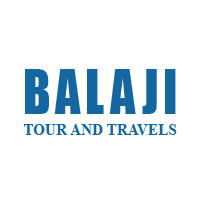
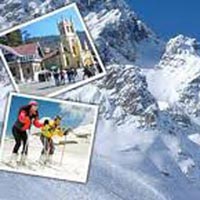 6D/5N
6D/5N
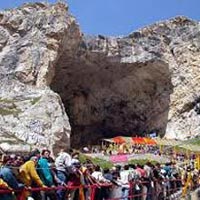 6D/5N
6D/5N
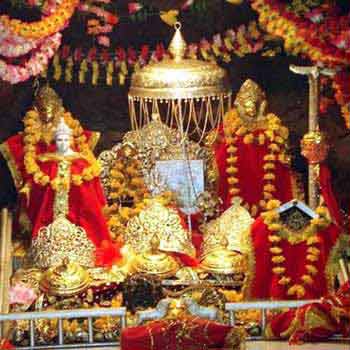 8D/7N
8D/7N
New Delhi - Chandigarh City - Kangra - Dharamshala - Katra - Amritsar
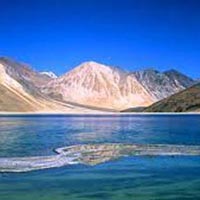 6D/5N
6D/5N
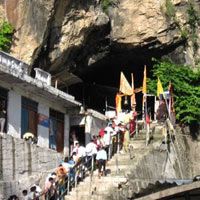 3D/2N
3D/2N
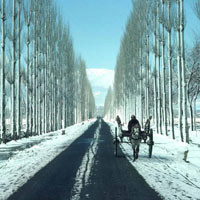 11D/10N
11D/10N
Kashmir - Shivalik Shepherd Valley Tour
Srinagar - Gulmarg - Pahalgam - Katra
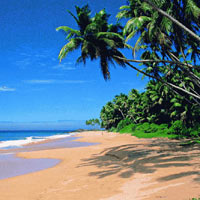 13D/12N
13D/12N
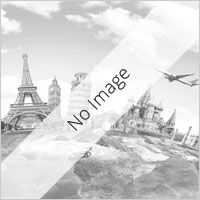 7D/6N
7D/6N
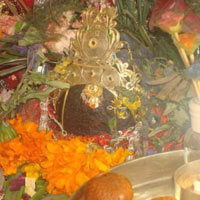 7D/6N
7D/6N
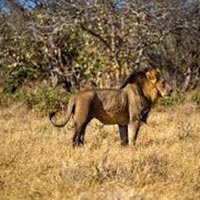 17D/16N
17D/16N
4 Countries: Kenya - Vic Falls - Botswan..
Gaborone - Nairobi - Lusaka - Dodoma
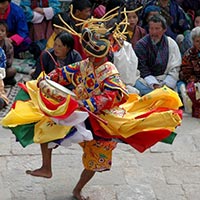 17D/16N
17D/16N
Bhutan Enchanting Tsechu-Festival Tour
Paro - Thimphu - Punakha - Wangdue Phodrang - Trongsa - Bumthang - Mongar - Trashig..
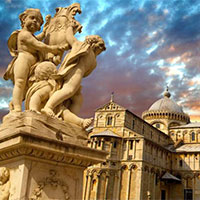 17D/16N
17D/16N
Rome - Pisa - Prato - Venice - Padova - Milan - Lugano - Engelberg - Lucerne - Colo..
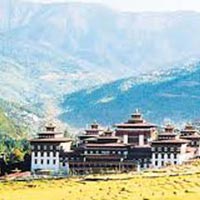 17D/16N
17D/16N
Mumbai - Rome - Pisa - Padua - Innsbruck - Salzburg - Interlaken - Geneva - Paris -..
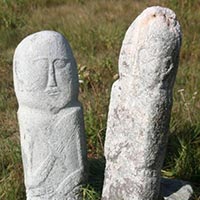 17D/16N
17D/16N
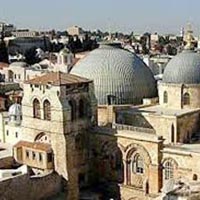 17D/16N
17D/16N
Apollonius Vacation Package: 17 Days
Ankara - Konya - Canakkale - Haifa - Acre - Nazareth - Istanbul - Istambbul - Efeso..
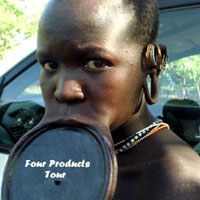 17D/16N
17D/16N
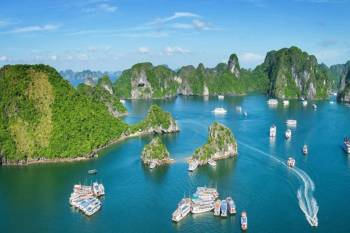 17D/16N
17D/16N
17 Days Package Tour Indochina Panorama
Hanoi - Ho Chi Minh City - Siem Reap - Luang Prabang - North Pole - Cantwell - Llan..
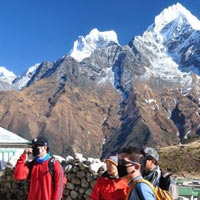 17D/16N
17D/16N
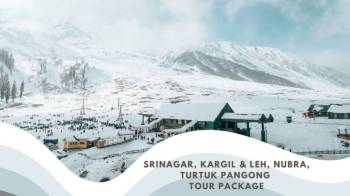 9D/8N
9D/8N
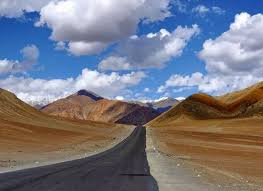 6D/5N
6D/5N
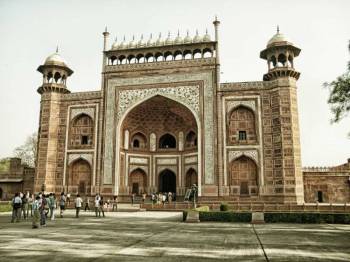 11D/10N
11D/10N
10 Nights Uttar Pradesh Tour Package Fro..
New Delhi - Agra - Prayagraj - Lucknow - Mathura - Varanasi - Ayodhya - Vrindavan -..
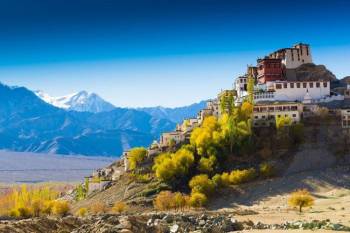 10D/9N
10D/9N
Jammu And Kashmir With Leh Ladakh Tour P..
Srinagar - Pahalgam - Leh Ladakh - Kargil - Gulmarg
 5D/4N
5D/4N
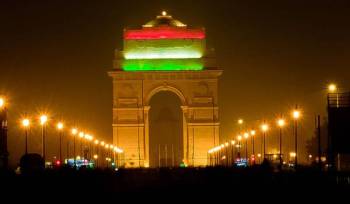 5D/4N
5D/4N
Delhi - Mathura - Vrindavan - Agra Tour ..
New Delhi - Agra - Mathura - Vrindavan
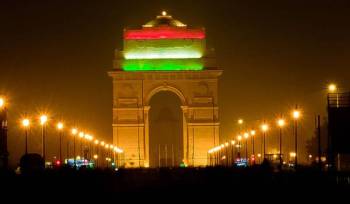 5D/4N
5D/4N
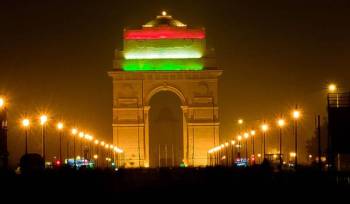 5D/4N
5D/4N
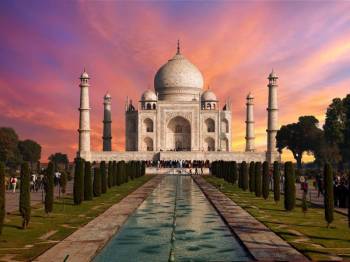 5D/4N
5D/4N